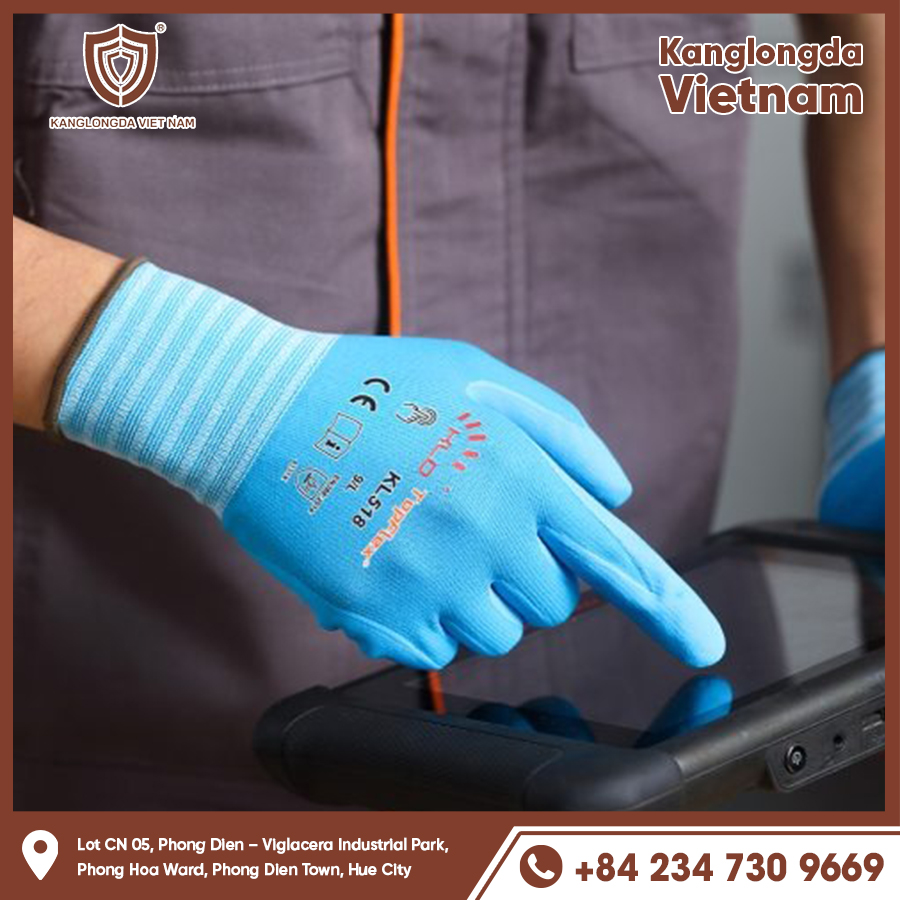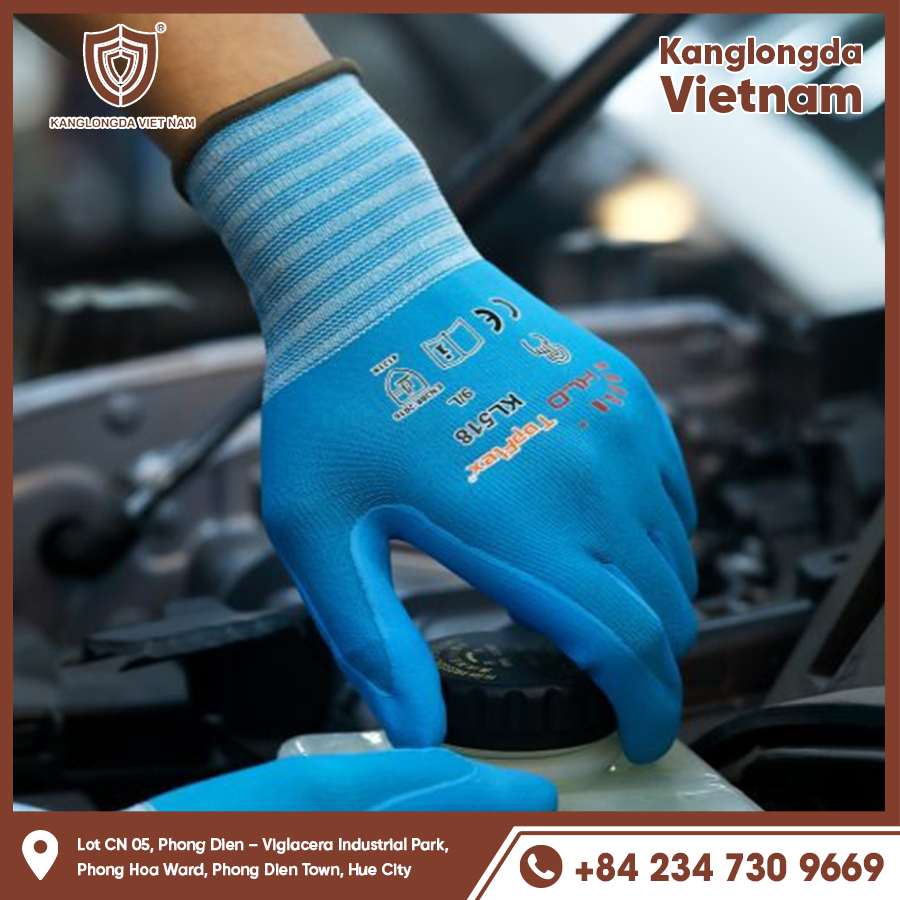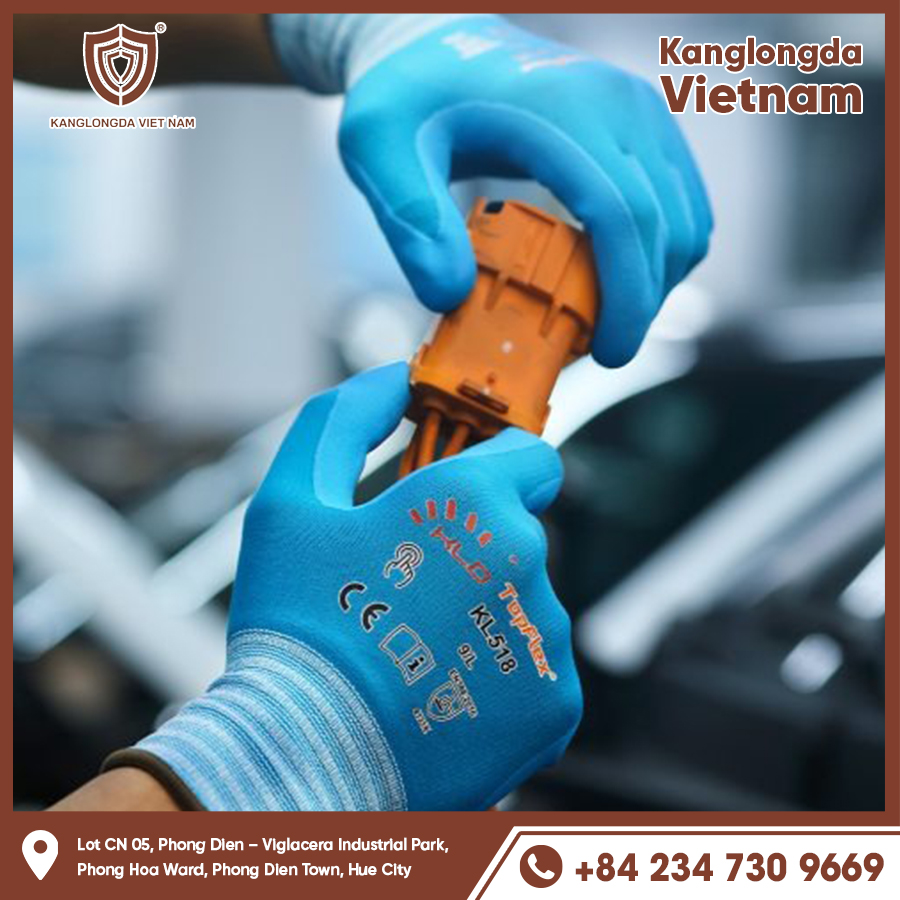Raynaud’s disease is more than just cold fingers—it’s a medical condition that causes painful episodes of numbness, tingling, and color change in response to cold or stress. One of the most effective non-invasive treatments is wearing specially designed gloves for Raynaud’s sufferers. These gloves help improve blood flow, retain heat, and provide comfort through changing temperatures. In this guide, we explore the best Raynaud’s gloves available, what features to look for, and how to find the right pair for your needs.

Understanding Raynaud’s and the Role of Gloves
What Is Raynaud’s Disease?
Raynaud’s is a condition where blood vessels in the extremities—usually the fingers and toes—overreact to cold temperatures or emotional stress. During an episode, fingers may turn white or blue, go numb, and become painful until circulation returns.
How Gloves Help Manage Symptoms
Wearing gloves helps protect against temperature drops, which are a common trigger for Raynaud’s. The right gloves provide insulation, stimulate circulation, and keep hands at a stable temperature even in cold weather.
When to Wear Gloves for Raynaud’s
You don’t have to wait until symptoms flare up to wear Raynaud’s gloves. They’re most effective when worn preemptively: before going outside, when handling cold items, or in air-conditioned spaces that aggravate symptoms.
Types of Raynaud’s Gloves Available
Heated Gloves
These gloves use battery-powered heating elements to warm your hands. Ideal for severe cases, they provide adjustable heat levels and can last several hours on a charge. Many are waterproof and insulated for use in harsh winter conditions.
Compression Gloves
Compression gloves help promote circulation and reduce inflammation by applying gentle pressure across the hand. While they don’t heat the hands, they’re beneficial for indoor wear or when layered under thicker gloves.
Thermal and Insulated Gloves
Standard thermal gloves use materials like fleece, wool, or Thinsulate to trap body heat. They’re lightweight and effective for mild to moderate Raynaud’s and can often be worn throughout the day or during outdoor activities.
Features to Look for in Raynaud’s Gloves
Heat Retention and Thermal Rating
The primary function of Raynaud’s gloves is warmth. Check the glove’s thermal rating and whether it uses materials like infrared technology or Thinsulate to retain heat.
Material Comfort and Breathability
Fabrics should feel soft on the skin and allow for breathability. For sensitive skin, gloves made from hypoallergenic cotton or moisture-wicking materials are excellent choices.
Dexterity and Mobility
Good Raynaud’s gloves shouldn’t be too bulky. Look for pairs that allow you to grip objects, use touchscreens, or perform daily tasks without removing them.
How to Choose the Right Gloves Based on Your Lifestyle
For Outdoor Use in Winter
If you spend time outside—whether commuting, walking, or working—opt for insulated or heated gloves with windproof and waterproof features. Look for extended cuffs to prevent cold air from entering.
For Indoor and Office Settings
Indoor gloves should be slim and breathable. Compression gloves with fingerless designs are ideal for working at desks or typing while still managing symptoms.
For Driving and Errands
Driving gloves for Raynaud’s should have good grip and a snug fit. Leather-lined gloves or lightweight thermals with touchscreen fingertips make them practical for running errands.

Best Brands That Make Gloves for Raynaud’s
ThermoGloves
Known for their sleek battery-powered heated gloves, ThermoGloves offers rechargeable, thin-profile gloves with excellent mobility. Their models are ideal for both indoor and outdoor use.
RaynaudsDisease.com
This UK-based brand specializes in thermal products for people with Raynaud’s. Their gloves range from silver-lined compression gloves to dual-layer outdoor gloves tailored for various needs.
Volt Heat and Savior Heat
These brands focus on advanced heating gloves with temperature control, rechargeable batteries, and insulated designs. Ideal for those with chronic cold hands or those who spend hours outside in winter.
Comparing Gloves for Raynaud’s: Heated vs. Non-Heated
Pros and Cons of Heated Gloves
Heated gloves offer adjustable warmth and can be lifesaving in freezing weather. However, they’re more expensive and need regular recharging. Bulky designs may limit dexterity in some models.
Benefits of Non-Electric Thermal Gloves
These gloves are more affordable and lightweight. While they don’t actively warm your hands, they trap heat efficiently and are easier to wear in everyday scenarios.
When to Use Which Type
Use heated gloves for outdoor work, snow activities, or very cold climates. Thermal or compression gloves are better suited for indoor use, short commutes, or as glove liners for layered warmth.
Additional Tips for Managing Raynaud’s with Gloves
Layering Techniques for Extreme Weather
In extreme cold, layer compression gloves under thermal gloves or mittens. Mittens, by design, keep fingers together and warmer than gloves with individual fingers.
Hand Warmers and Glove Inserts
Add disposable or reusable hand warmers inside gloves for extra heat. Some gloves have built-in pockets specifically for warmers to extend warmth duration.
Keeping Gloves Dry and Clean
Moisture reduces a glove’s ability to retain heat. Choose waterproof models or carry an extra dry pair. Clean gloves regularly to avoid buildup of oils and dirt that can degrade materials.
Wearing Gloves Without Losing Functionality
Touchscreen-Friendly Options
Many modern gloves feature conductive material on the fingertips, allowing you to use smartphones and tablets without taking them off. This is particularly useful in the cold.
Driving-Friendly Designs
Look for gloves with textured or rubberized palms for a secure grip. Stretch fabric on the back of the hand can help with maneuverability while driving.
Typing or Texting Indoors
Fingerless compression gloves allow full use of your fingers while keeping your palm and joints warm, ideal for those working in cool office environments.
Caring for and Extending the Life of Your Gloves
Proper Cleaning Techniques
Always follow the manufacturer’s care instructions. Many compression gloves can be hand-washed or machine-washed on a gentle cycle. Heated gloves may require spot cleaning or battery removal before washing.
Storage Best Practices
Store gloves in a dry, cool place. Keep them flat or gently rolled—never folded tightly—to preserve shape and insulation. Avoid placing gloves near direct heat sources like radiators.
Battery Maintenance for Heated Gloves
If your gloves have batteries, charge them fully before first use and after every long outing. During off-seasons, recharge every few months to keep batteries in good condition.
Affordable and Premium Options for Every Budget
Budget-Friendly Picks
Simple fleece gloves, thermal compression models, or lightweight cotton gloves can be found under $30. These are great for mild climates or layering.
Mid-Range Versatility
Gloves priced between $40–$80 often include insulation, touchscreen compatibility, and better fit. They’re a reliable option for daily use with Raynaud’s symptoms.
High-End Heated and Performance Gloves
Top-tier gloves with lithium-ion batteries, temperature regulation, and multi-layer insulation can cost $100 or more. These are suitable for severe Raynaud’s cases or extreme winter conditions.

Raynaud’s disease can make even the simplest activities—like walking outdoors or holding a steering wheel—a painful challenge. Thankfully, the right gloves can bring significant relief, warmth, and comfort. Whether you prefer heated Raynaud’s gloves, lightweight compression options, or thick insulated pairs, there’s a perfect fit for every situation. By understanding your needs and evaluating materials, features, and fit, you can make an informed purchase that enhances your quality of life during cold seasons. Prioritize your comfort, and let your gloves do the work of keeping Raynaud’s symptoms at bay






